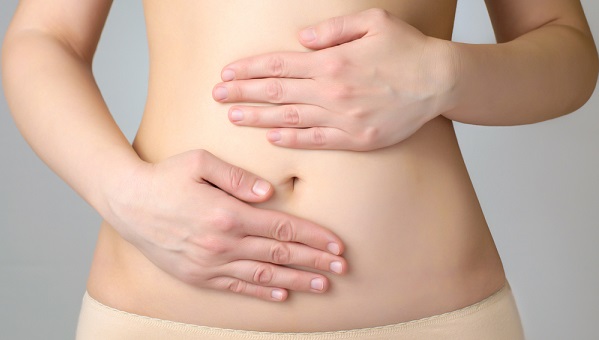
Endometriosis (en-doe-me-tree-O-sis) is an often painful disorder in which tissue that normally lines the inside of your uterus — the endometrium — grows outside your uterus. Endometriosis most commonly involves the ovaries, bowel or the tissue lining your pelvis.
Endometriosis is a common condition that affects women during the reproductive years. The condition is estimated to affect around two million women in the UK. Most of them are diagnosed between the ages of 25 and 40. Up to 10% of all women may have endometriosis. Many women who have endometriosis experience few or no symptoms.
As of the time of this writing, there is no single unifying theory as to the genesis of endometriosis; although several have been proposed. However, most reviews of the literature show that endometriosis is oestrogen-dependent and often progressive, resulting in worsening pain and other symptoms over time. Inflammation may also play an important role in the development of endometriosis.
During each menstrual period, most of the uterine lining and blood is shed through the cervix and into the vagina. Sometimes, however, some of this tissue enters the pelvis through the fallopian tubes or goes directly into the blood stream. Most women have minimal or mild endometriosis, which is characterized by mild adhesions, discomfort and heavy monthly cycles. Moderate and severe endometriosis is characterised by chocolate-coloured cysts and more severe adhesions. It is perceived that there are four stages of endometriosis, ranging in severity from one to four.

Endometriosis is a long-term (chronic) condition. Symptoms can vary significantly from person to person, and some women have no symptoms at all. The most common symptoms include:
-
painful periods or heavy periods
-
pain in the lower abdomen (tummy), pelvis or lower back
-
pain during and after sex
-
bleeding between periods
-
difficulty getting pregnant
Most women with endometriosis get pain in the area between their hips and the tops of their legs. Some women experience this pain all the time. Other symptoms may include:
-
persistent exhaustion and tiredness
-
discomfort when going to the toilet
-
bleeding from your (rectum) or blood in your faeces
-
coughing blood – in rare cases when the endometriosis tissue is in the lung

To diagnose endometriosis, a doctor must perform a laparoscopy (a surgery where a doctor looks in the abdomen with a camera usually through the belly button) and take a sample of a suspected endometriosis lesion. Some physicians and patients may try to treat suspected endometriosis with certain medications, to see if symptoms are improved without having to undergo surgery.
In advanced endometriosis, large endometriomas and extensive pelvic adhesions can disrupt the normal relationship between the fallopian tubes and the ovaries, creating an obvious impediment to conception. However, in minimal or mild disease, it is unclear how a few superficial lesions can reduce the monthly fertility rate from a normal of about 20% down to 2% to 3%.
A possible mechanism of infertility is that endometriosis generates a local inflammatory response, leading to immune dysfunction and altered levels of hormones and other markers in and around the uterus.
In the next post, I will detail how we can support the body in combating and dealing endometriosis.








